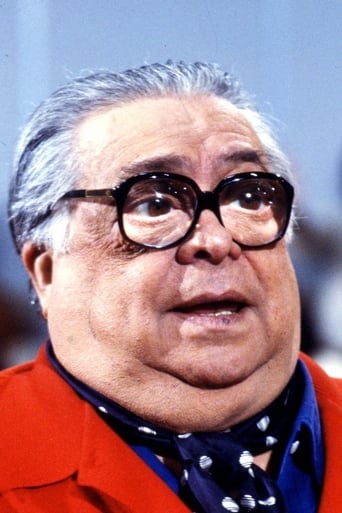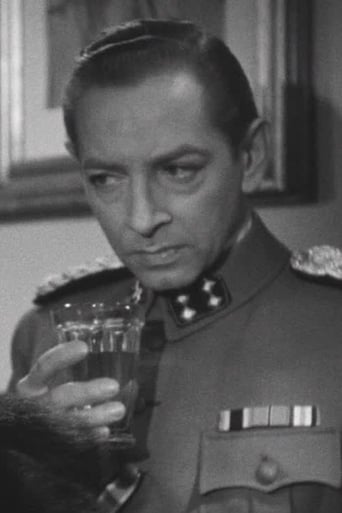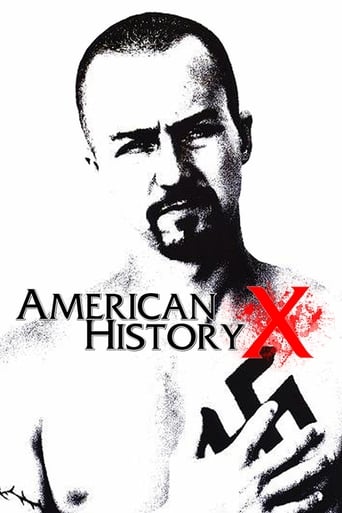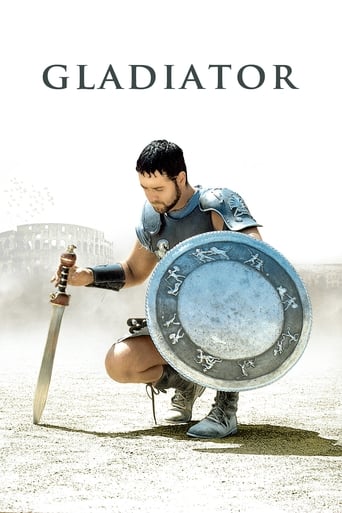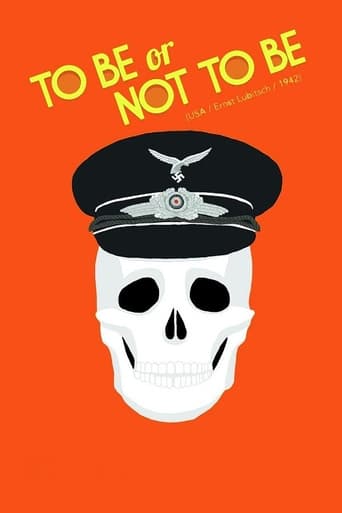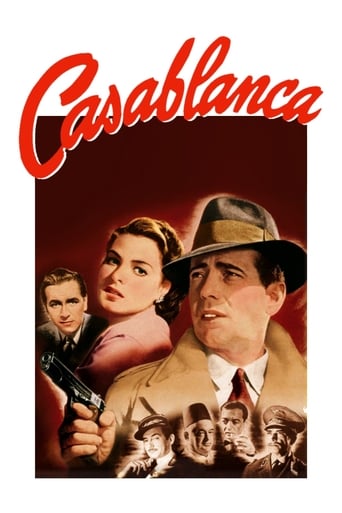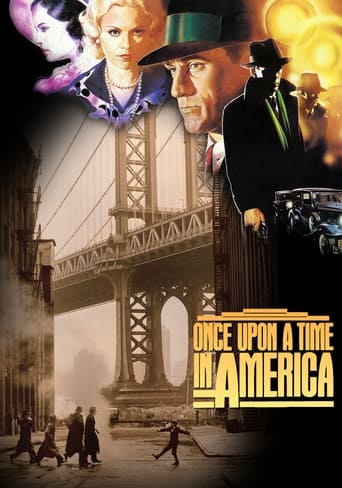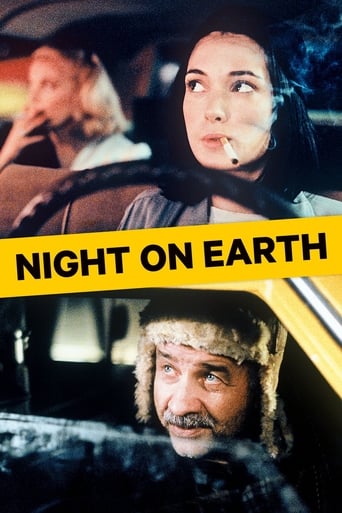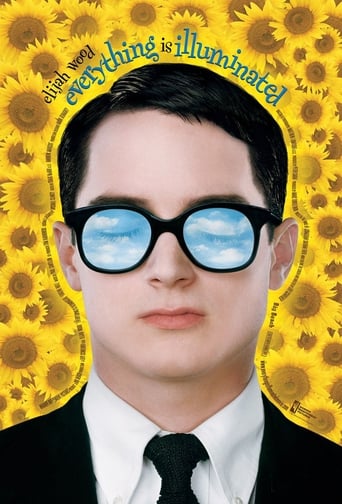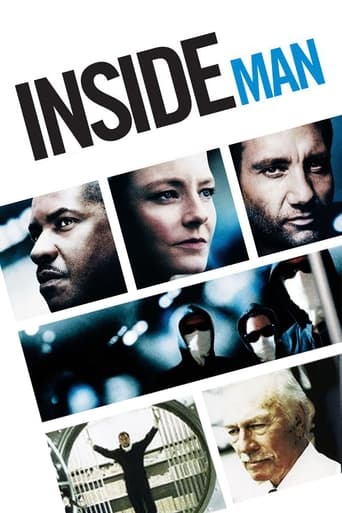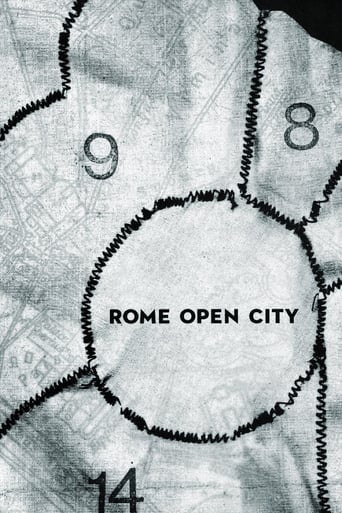

Rome, Open City (1945)
During the Nazi occupation of Rome in 1944, the leader of the Resistance is chased by the Nazis as he seeks refuge and a way to escape.
Watch Trailer
Cast


Similar titles
Reviews
Roberto Rossellini's 'Rome, Open City' is widely regarded as the film that marked the real rise of the films that collectively came to be classified as the films belonging to the movement known as Italian Neorealism. This is the film that is heralded as the one that ushered in a gritty, non-conventional and ultra realistic style of storytelling. This is also the first film in Rossellini's 'War Trilogy'.'Rome, Open City' is a film that has a very clear idea of what it wants to accomplish. From a certain angle, this is a propaganda film. This film makes no effort to blur the distinctions between good and evil. The Italians in the film are the good guys who are fighting the evil German Nazis. The screenplay by Sergio Amidei, Federico Fellini and Rossellini himself which was being written during when Rome was still under German occupation, in a thematic sense serves two functions - first of all the film showed the world the reality of what the Italians had to endure during the Nazi occupation, secondly the film was also clearly is a clarion call to all the Italian citizens to rise up together against the Nazis. This latter intent is clear from the way the narrative is structured. In the film, people from various sections of Italian society join forces to aid the resistance against the Nazis. Rossellini uses characters with contradictory mindsets and ideas. Don Pietro is a Catholic priest while Georgio is an atheistic rebel who holds Communist ideologies. While Pina is a working class single mother, her sister Lauretta and her friend Marina are performers. Rossellini weaves a narrative where all these colourful individuals come together with the ominous constant Nazi presence looming over them.This was a classic example where I admired the film, admired the intention and the motive of the film and I can also acknowledge how influential it is, but I couldn't end up loving the film the way I expected or wanted to. I am fascinated by the circumstances under which the film was made which involved Rossellini buying film stocks in the black market at lower rates which is the reason why the film looks very grainy and visually choppy. I love to listen to others who love the film like Scorsese talk about it and I can also appreciate all the reasons why people talk about it so highly, but while watching the film, I found some elements in the film that I couldn't get behind.While the film was very realistic for its time, it still at the heart of it is very one dimensional in its approach to telling the story. There is a clear emphasis made to make almost every Italian character(except one who gets lured in by greed) look righteous and morally upright while every German Nazi soldier is the stereotypical villain. I can completely understand why Rossellini made that artistic choice, but for a film that is heralded so much as this ultra realistic piece of cinema,I expected a more complicated and layered depiction of the interplay between the Italians and Germans in the film. Except one German soldier who is made to redeem himself to some extent with an honest introspective monologue, pretty much all the Germans are cookie-cutter shallow villains. In 'Schindler's List', Spielberg gave the character played by Ralph Fiennes some depth. He was a horrible human being, but Spielberg gives us a few quite moments with the character and his interaction in these scenes with the Jewish characters tells us a lot about his prejudice and his insecurities and this provides depth to an otherwise deplorable character. The lack of depth in the German characters and the unconditional righteousness of the Italians in 'Rome, Open City' is understandable, but it also limits my admiration for the film and makes it a bit too simple. Another aspect of the film that makes it outdated is the way Rossellini uses homosexuality. Homosexuality is depicted in a very negative light by making a detestable German officer effeminate and another devious female German officer a lesbian. It's almost as if homosexuality is made to look like it stands against the ideal conventions of society and and culture that one should stand for.However saying all that, I did also find a lot of things that I liked in the film. For me the best things about the film are Anna Magnani as Pina and Aldo Fabrizi as Don Pietro Pellegrini. Magnani gives a lot of weight to the character of Pina. She is strong, she makes her opinions heard and she is in her own way helping the resistance. The character of Don Pietro also is an extremely interesting character. He starts off as a bumbling funny priest who get discomforted by the sight of the statue of a saint facing a nude statue. But he goes on a big journey which hardens him and makes him stand by his ideals in the face of adversity. The last shot of the film is also great as it goes along with the theme of what the future holds for the coming generations, will the current paint and struggle be worth it for the children of tomorrow.So, in a nutshell, 'Rome, Open City' is a film that I respect for what it did for cinema in general. The Cinema Verite-esque visual style of Rossellini clearly influenced millions of subsequent films and filmmakers. It's a film that I do like, but I find myself admiring it more than loving.
This Italian film is one I found in the book 1001 Movies You Must See Before You Die, it was rated highly by critics also, so I hoped it would be something I'd like, directed by Roberto Rossellini (Paisan, Europe '51, Journey to Italy). Basically, set in 1944, in Italy during the Nazi occupation, Rome is declared an open city, most Romans are free to wander the streets without fearing the city being bombed or being killed in the process. But with the Nazi occupation life remains difficult for the Romans, with a curfew, rationing of basic foods, and the Nazis searching for the resistance, those working for and assisting them, to quash them. Pina (Anna Magnani) is a widowed mother worn down by the war, she is due to get married to next door neighbour, typist Francesco (Francesco Grandjacquet), they will marry by Catholic priest Don Pietro Pellegrini (Aldo Fabrizi), despite her being pregnant and him being an atheist. The day before the wedding, Francesco's friend Giorgio Manfredi, aka Luigi Ferraris (Marcello Pagliero), who Pina has never met, is looking for Francesco and needs a place to hide, he is a member of the resistance. Giorgio also requests the assistance of Don Pietro for his latest mission, the priest is more than willing as he believes he is doing it for God, his position also gives Giorgio access to places others cannot enter. Marina Mari (Maria Michi), a cabaret performer, is Giorgio's girlfriend and has no idea where he is hiding, both she and Pina take measures to improve their lives under the difficult circumstances, these combined actions have tragic consequences by the end. Also starring Harry Feist as Major Bergmann, Giovanna Galletti as Ingrid and Vito Annichiarico as Piccolo Marcello, son of Pina. The story is based on actual events from the last days of the Nazi occupation, it is mostly a montage structure full of primarily non-professional actors, and the visual style adds to the feel of melodrama, I will admit that it being in a foreign language and having to read subtitles made it tricky to keep up with, but overall it is a worthwhile enough neorealist wartime drama. It was nominated the Oscar for Best Writing, Screenplay. Good, in my opinion!
96/100. To fully appreciate this film, it should be researched, focusing on how it was made and the history behind it. It's an incredible movie. The cast is amazing, the realistic viewpoint is fresh even today, and was an amazing concept at that time. Superb and gritty photography, the story is an unforgettable one, and it is all brought together by the genius Roberto Rossellini. It is so visually impressive. Historically such an important film in cinema, and it never fails to impress and fascinate. It is astounding how Rossellini manages bits of humor amidst extreme war conditions. There are so many images that you think about long after watching the film.
On its initial release, Roberto Rossellini's 'Rome, Open City (1945)' was hailed for its harrowing documentary realism, sharing the 1946 Palme d'Or, and even today it is regarded as the type specimen of Italian neorealism, a movement that produced such treasures as 'The Bicycle Thief (1948)' and 'Umberto D. (1952).' The film's photographic style, which is coarse and unstylised, could certainly be considered classically neorealistic, as could Rossellini's unavoidable preoccupation with Italy's fascist history and war-time devastation. One might suggest that the film's unexceptional film-making technique was imposed upon Rossellini rather than being an entirely deliberate artistic decision; the Germans had only just withdrawn from Rome, and its citizens were still reeling from years of Nazi occupation and Allied bombing. Just as Carol Reed filmed 'The Third Man (1949)' amid the crumbling ruins of war-torn Vienna, Rossellini uses the backdrop of a fallen city to emphasise the disintegration of a formerly unified nation, now surviving only in fragmented patches of human spirit that must now be forged back together again.Rossellini's film is most often praised for its realism, and for its primary focus on the ordinary citizens of Rome. However, during the film's first half, I didn't find this approach entirely successful. Rather than centering the film intimately on one or two characters, as Vittorio De Sicae did in his two well-known neorealist films, 'Open City' instead jumps from one to another, manufacturing a sense of unity among the oppressed citizens of Rome, but also diluting the viewer's ability to identify with any one character. In this sense, the film is similar to Pontecorvo's 'The Battle of Algiers (1966),' or even Eisenstein's 'Battleship Potemkin (1925),' in that individual characters hold lesser prominence than the ideals for which they are fighting. Suggesting that the art of neorealism took several years to perfect, Rossellini also occasionally veers towards melodrama. Scenes involving the arrogant Major Bergmann (Harry Feist) establish a simplistic "us versus them" mentality, offering Germany as the outright villain in a manner similar to that of any early 1940s American propaganda film.I must admit that I found myself less-than-captivated during the film's opening half, perhaps because Rossellini wouldn't focus exclusively on any one character. The most interesting moments were those tinged with drama – a German soldier unexpectedly removes a gun from his pocket, a terrorist bomb shakes the city buildings. But if I had any doubts about the director's technique, then the harrowing realism of Anna Magnani's death, photographed as though through the lens of a bystanding newsreel camera, without any dramatic fanfare or unnecessary cinematic punctuation, convinced me of its merits. Notably, Rossellini deviates towards drama in his film's second half, but I considered this an improvement, my complete sympathy now directed towards a specific character, the dignified Roman priest Don Pietro (Aldo Fabrizi). The German treatment of captured rebels is unflinching in its hostility, including a prolonged torture session with a blow-torch, and a sombre firing squad execution as city children watch on with downcast eyes. Interestingly, Rossellini doesn't end the film with an Italian victory, as might be expected. The misery lingers; any victory could only be hollow.


